Introduction
Back in early March, JOM posted a message to his personal Facebook asking for volunteers to review something for GravelCyclist.com. Living in Iowa, I’ve ridden a fair amount of gravel and pavement over the past 15 years, so I tossed my hat into the ring, figuring someone else would get chosen. A few weeks later, I received a message from JOM that I was handling the review. A short time later, I received a box from PNW Components containing their Ranier Gen 3 27.2 dropper post, Drop Bar Lever kit, a set of Coast handlebars, and a Coast stem. Also included was a lovely bourbon glass with a 3D facsimile of Mt. Ranier rising out of the base (to be reviewed later).
First Impressions
All of the items arrived in fully recyclable packaging. Other than zip ties and one or two plastic bags, everything else was either cardboard or brown paper. I would love to see more vendors follow PNW’s packaging example.
Out of the box, the first thing that I noticed was the handlebars. They looked as good, if not better than others that cost twice as much, with the glossy black logos on top of the black anodizing giving them a premium look.
The finish quality on both the stem and seat post were equally as nice. While the logos on the stem and seatpost were white, they were small and didn’t detract from the overall appearance of my bike. Kudos to the design team at PNW for the subtle, yet cohesive design work. As a package, everything looked right at home on the black carbon Salsa Warbird I was using as the test mule.
I’m 6’1 and most of my road and gravel bikes are 58cm and use 90-100 mm stems and 44cm bars. PNW suggests that you shorten your stem by 10mm for every 20mm of increased bar width. I was definitely “wide bar curious”, but wanted to gently enter that realm, so I opted for the narrower 48cm wide Coast bars over the 52cm version and opted to pair them with an 80mm stem. However, due to parts availability, I tested the bars with a 70mm stem.
One other thing to note. The PNW lever kit ships with everything you need to get your Ranier dropper post installed and usable. If you order the post without a PNW lever kit, you will need to source cables, housing, and ends.
PNW’s published component weights are 346g for the 48cm Coast handlebars, 117g for the 70mm Coast stem, and 450g for the Rainier Gen3 dropper post. On my scale, the handlebars weighed 339g, the stem weighed 128g with the accessory mount, and the post weighed 452g.
Installation
Installation of the bars and stem was easy. Remove the shifters, stock stem, and bar, then replace them with the new parts. I have seen some brake hoods sit at weird angles once installed on flared drop bars. I didn’t experience this with the Coast bars. Reinstalling the levers evenly took a bit of trial and error as there was no positioning guides screen printed on the drops. I would love to see these added to future versions of the bar just to make setup a little easier.
Since my Warbird shipped as a 2x bike, the dropper post required a bit more work to install. After removing the front derailleur, housing, and shift cable, I started to install the post and lever following the instructions on PNW’s website. PNW’s instructions tell you to attach the actuating cable and housing cable to the post, and then thread them through the frame. Doing this means that you won’t be able to trim the housing to an appropriate length without also cutting the actuating cable. To complete the install, I repeated this section twice, first using just the post and housing, so the housing could be trimmed to the proper length, and a second time with the post, actuating cable, and the housing.
The remainder of the installation was completed as written in PNW’s installation guide. Running the second section of housing from the lever so it didn’t feel uncomfortable under my hands took some experimenting. Trimming the actuating cable once it was attached to the lever also required some extra care.
Eventually, I was happy with everything and was able to start rewrapping the bars. Wrapping the tape around the actuating lever and the brake body to ensure that everything was covered and didn’t look like a train wreck when finished also required extra attention.
In Use
I used the bar, stem, and dropper on a variety of gravel, dirt roads, grassy two-track, as well as a fair bit of singletrack in central-western and eastern Iowa, Before installing these items on my Warbird, I had been using the stock 44cm Salsa Cowbell bars paired with a 100mm Redshift Shockstop stem in the +6 position. To make use of the dropper, I switched from a set of 50/34 chainrings to a single 40 tooth oval from Wolftooth. While there was some initial shock going to the wide bar/short stem combo from PNW, that disappeared after two or three rides.
After spending four months with Coast handlebar and stem, I can definitely say that I am a member of the “wider bars are better club”. The extra four centimeters of bar width combined with the and shorter stem improved my handling comfort on steep descents and provided better leverage when climbing, whether it was on gravel or singletrack.
The shallower drop, combined with the increased bar width has allowed me to use the drops a lot more in my daily riding, vs sitting on the hoods for hours on end. While it may not be the most aero position, it certainly was comfortable for rides up to six hours. The extra width on the bar tops has also given me some different angles for hand placement when on flats or climbs. PNW says the coast bars have 20 degrees of flare, which places them between Salsa’s Cowbell and Cowchipper. I feel that this is a reasonable amount of flare for most gravel and mixed-surface riding. The Coast bars neither felt harsh nor vibrated excessively as I’ve used them. I’m not sure if this is due to some extra flex coming from the increased bar width or something else in their construction.
The Coast stem also comes with a removable GoPro compatible mount on the faceplate. While I didn’t make extensive use of it, it does help keep your bars less cluttered, whether you’re using an action camera or a headlight with a compatible mount. The vertical angle of the mount is adjustable within the faceplate to assist with aiming whatever device you have mounted.
While I’m fit enough to get low and behind my saddle on descents using a standard seatpost, the Rainier dropper really started to shine when underbiking on hilly singletrack.
With my hands in the drops for extra stability, I was able to actuate the dropper so I had more clearance to flip the bike around hairpin corners on both climbs and descents. Combining the Ranier seatpost with some wider tires would definitely extend the terrain I would consider as being “appropriate” for my test bike.
As I became more used to the fact that the dropper was available, I found myself making use of it on gravel descents, especially if they were exceptionally rough or loose. In regular riding, the post did not move or squeak, and the dropping action was smooth and consistent.
One really nice feature is PNW’s tool-less adjustment system. You can adjust the amount of drop (technically the amount of return) for the post in 5mm increments by loosening a collar and rotating a plastic sleeve to the desired location. I was able to adjust this mid-ride with no issues.
Conclusion
I would have no reservations recommending the bars, stem, or seat post to anyone that was in the market for these items. The construction and finish of these items were solid and they worked as advertised. In this day and age, I think these items are reasonably priced and will provide good value for anyone that purchases them. Add in that PNW offers a lifetime warranty, including on the dropper post, and their value gets even better. I’m a bit less enthusiastic about the dropper lever. Once installed, it worked as advertised. But, getting it there took a bit of patience, especially with multiple pieces of housing and the cable trimming required. That said, the install process was still more pleasant than dealing with hydraulic fluid, olive barbs, and bleeding.


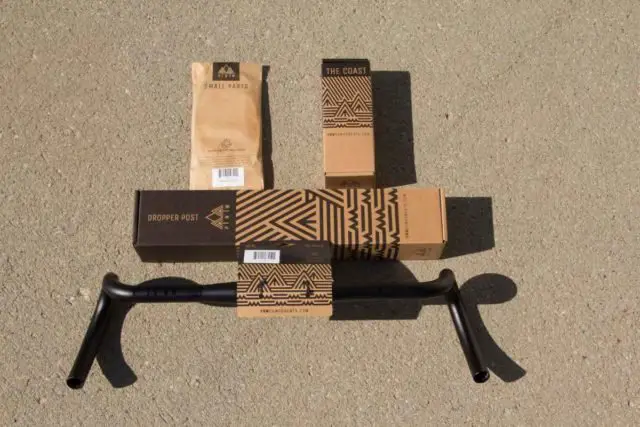
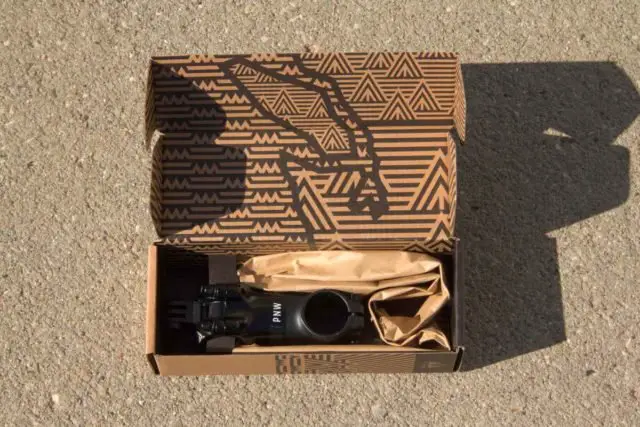
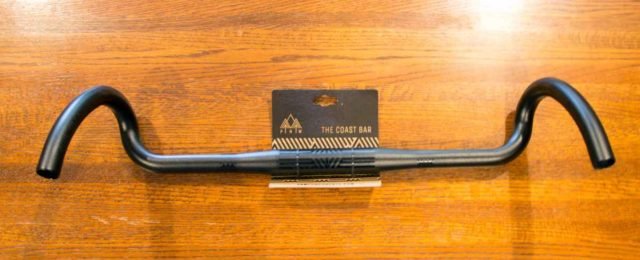
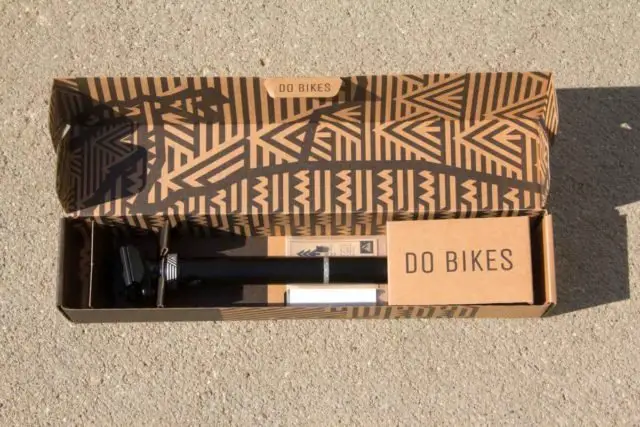
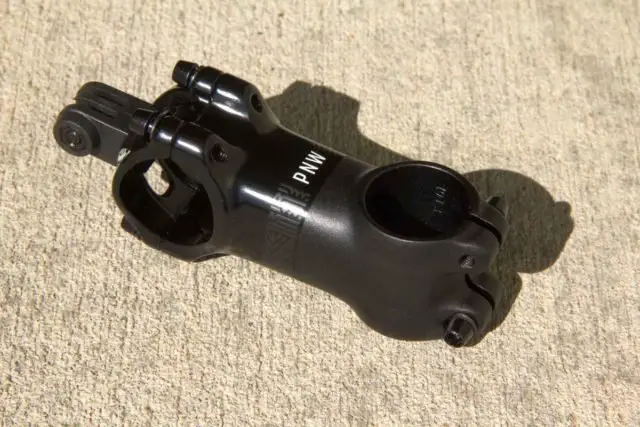
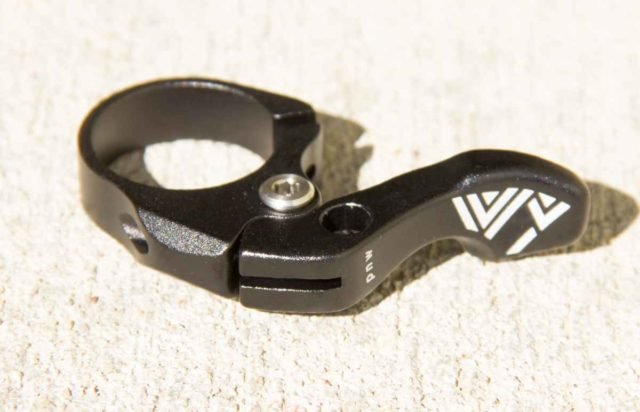
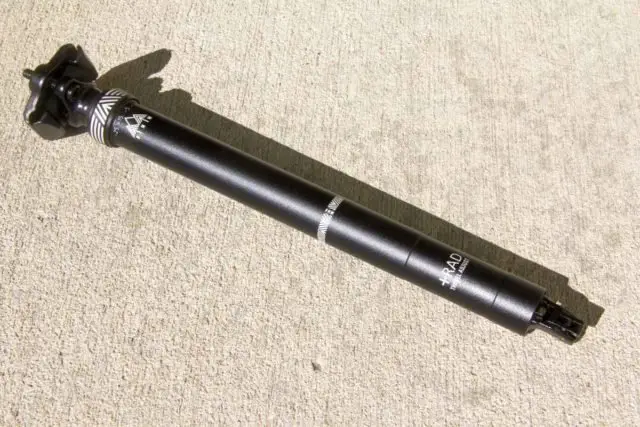
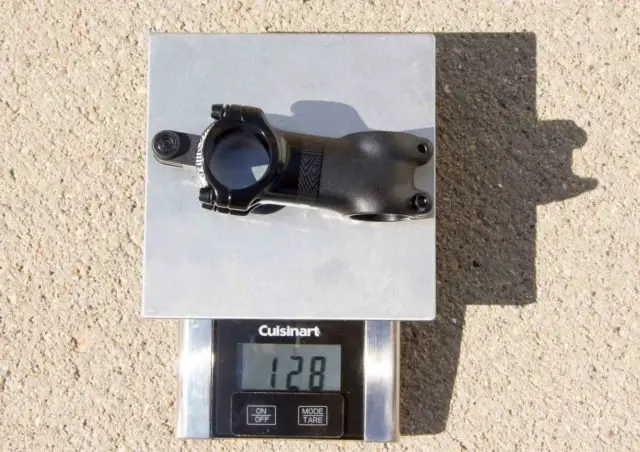
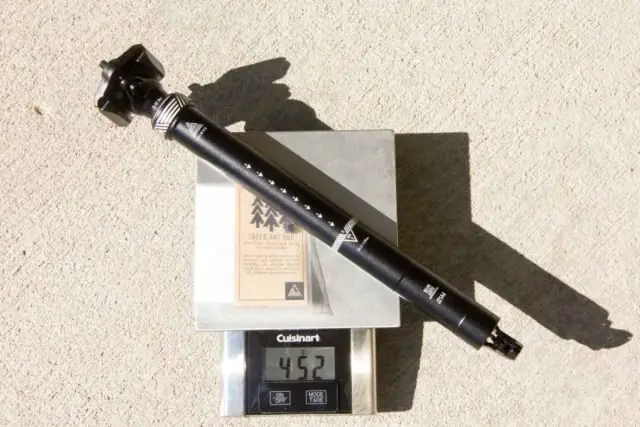
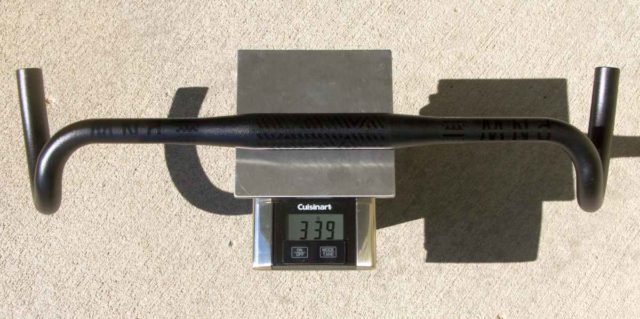
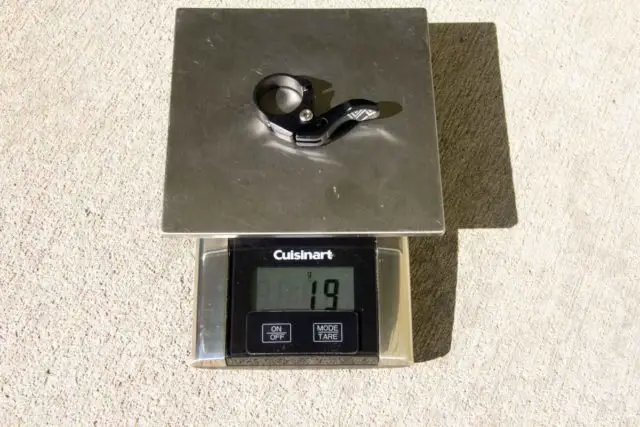
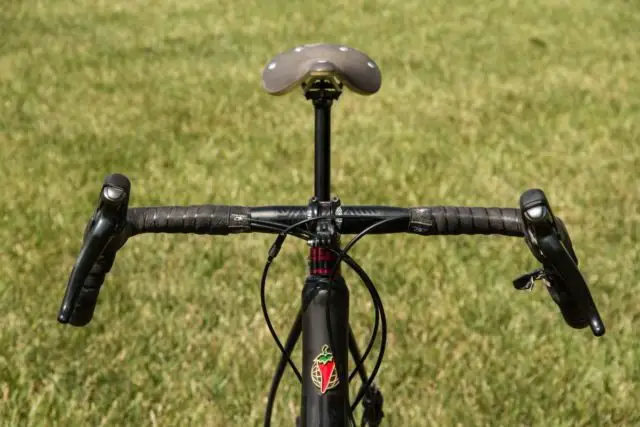
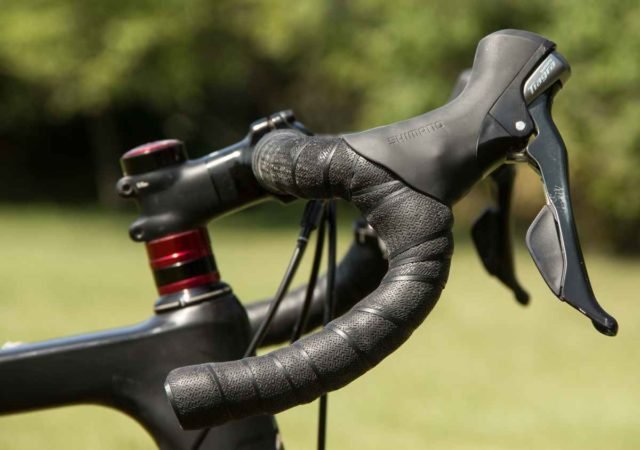
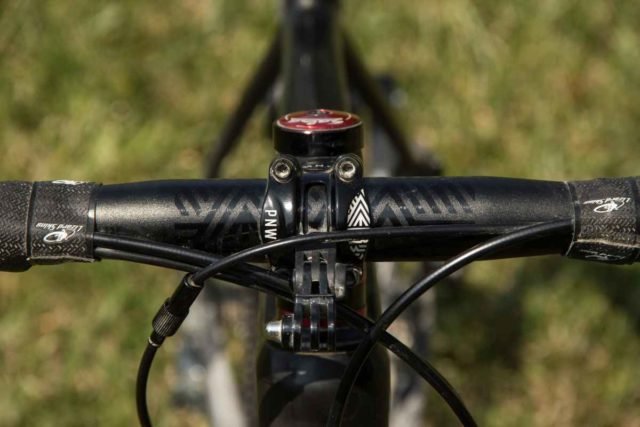
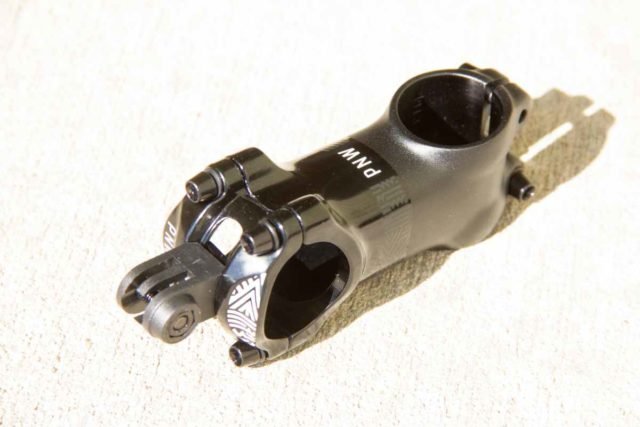
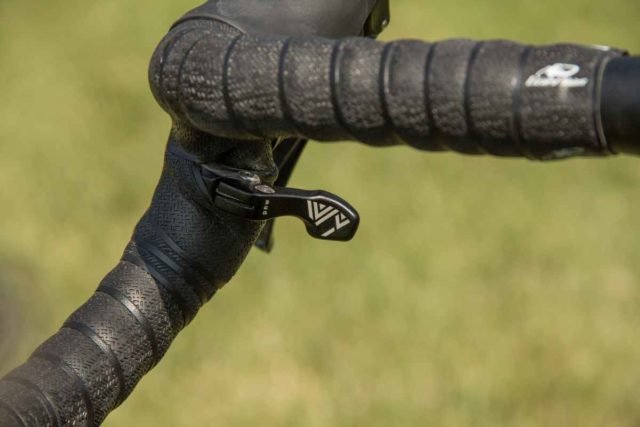
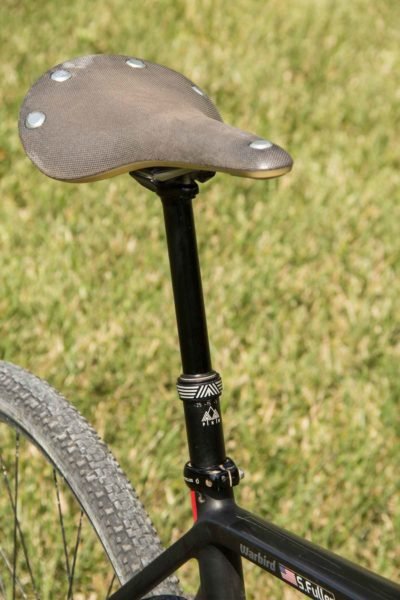
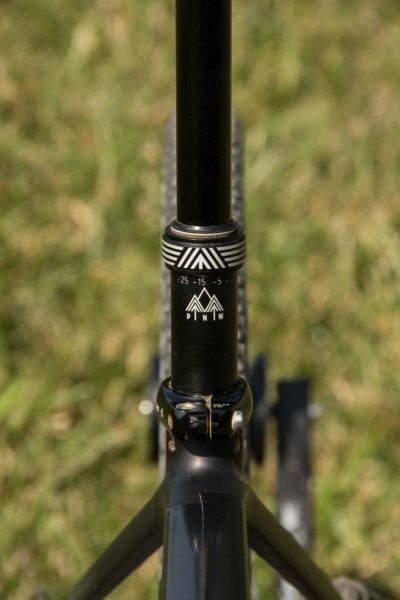
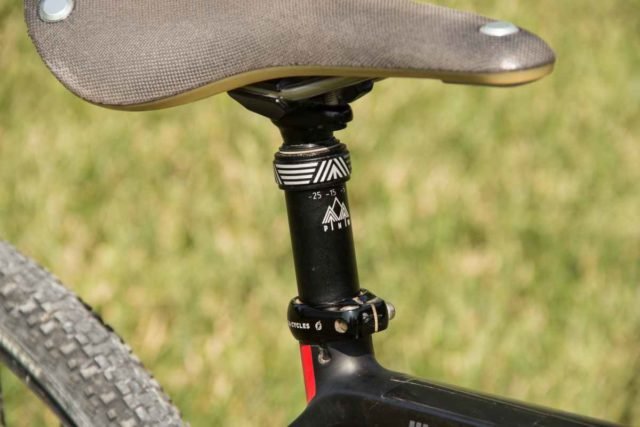
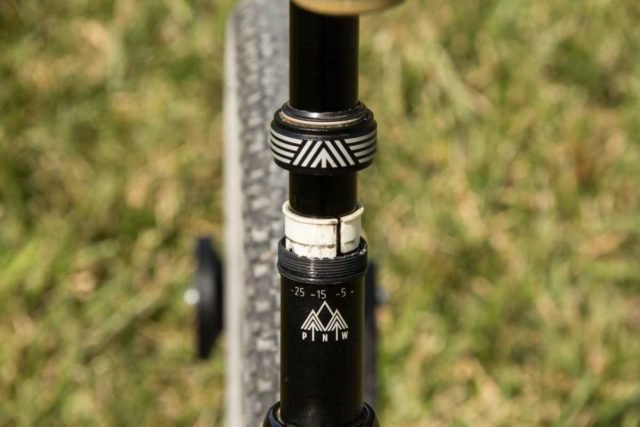
I don’t understand the bit about having to convert to a 1x to use the dropper post. Can you explain?
This 2019 Warbird (unlike the 2020 and later models) is not designed to run both a front derailleur and dropper post with stealth (internal) routing like the PNW that was tested. I had to remove the front derailleur and cable on this particular bike in order to use the dropper post.
So…why did you have to go to a 1x to run the dropper post?
Bruce,
See my reply to JOM’s Only Friend above.
JOM’s Only Friend wishes they were my friend.
Great review, Steve! I’ve been eyeing the Coast Handlebar for my gravel setup, and your insights on its comfort and control really help. The detail on the Rainer Gen 3 Dropper Seatpost’s performance was also key for me. Keep up the fantastic work!